|
Ref : 1262
A very good Italian violin by
|

go to Home Page see more Violins |
This is a superb violin by all standards, eminently suitable for concert and solo work and for performance of very high level. It is responsive to demand and is beautifully toned with clarity and projection.Amon Bilmark (1894-1961) was born in Copenhagen as Amon Peter Nielsen, but changed his name to Bilmark in 1917. He completed his apprenticeship in Rome under Simone Sacconi with whom he maintained a friendship throughout his life. Although he settled in South Africa in 1929, his instruments are considered Italian, or at times as Danish-Italian, but the pure Italian root of his work is unmistakable in everything he did.
This violin stands as testimony to the revival of the pure Cremonese violinmaking tradition which was led by Simone Sacconi during the early 20th century, when he endeavoured to rid Cremona of the foreign influences that crept in after the demise of the great 18th century masters. He instilled this purified Cremonese style into all his students (D'Atilli, Weisshaar, Salchow, Bissolotti, Carlson and many others) and also into Bilmark who never deviated from the path. In 1949 Bilmark was awarded the Diplôme d'Honneur for two violins he presented at the International Violin Making Competition at La Haye. He was honoured and respected as maker throughout the world. As an excellent cellist he made many cellos and violas which are highly valued. Today it is truly difficult to obtain any of his instruments. Many Danish musicians and collectors have bought up his instruments.
This violin bears Bilmark's label and was made in 1954 when his work had greatly matured and become highly refined. This is a violin of great beauty, with exceptional choice of woods. Workmanship throughout is exquisite in all aspects. The brown oil varnish in particular is of a texture and transparency that is not often encountered and the arching is faultlessly graded. It demonstrates really fine workmanship in every aspect. The modelling is perfectly styled on the Stradivari pattern. The purfling is unusually fine, superbly traced. What strikes one is the crisp and sharp work in the Fs, with impeccable fluting in the wings. One has the feeling in this instrument that Bilmark drew on all his powers to produce a truly excellent violin - and that he succeeded.
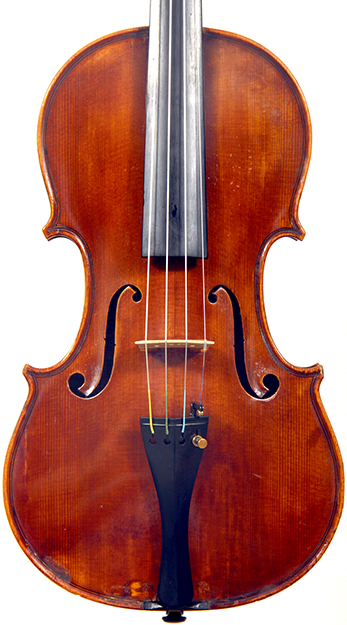 |
 |
 |
||
 |
Dimensions : Length of back: 35.5 cm
String length: 322 mm
Condition : The current bridge on this violin was fitted by the important German violinmaker, Joachim Gräbner (1928-1981) who lived and worked in Johannesburg.
This violin is in superb condition, completely free from cracks. A minor repair was carried out in the top near the edge of the bass lower bout. This repair is fully cleated and secure.
The tailpiece and adjuster are new.
Provenance : Bilmark made this violin for Julian Herman (b. 1944), son of the important South African violin teacher, Max Herman. Julian was then 10 years old and would eventually become Concert Master of the Netherlands Philharmonic Orchestra for many years, and also a respected soloist.
Current ownership withheld.
Price : On request
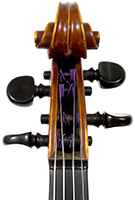 |
 |
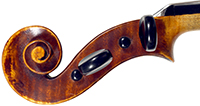 |
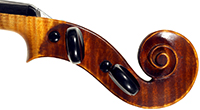 |
 |
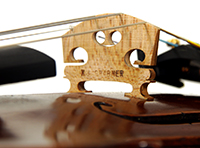 |
 |
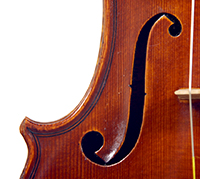 |
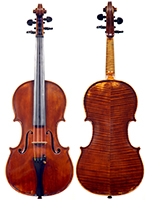 |
 |
 |
 |
|||||
 |
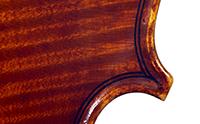 |
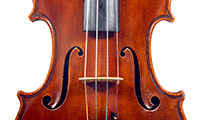 |
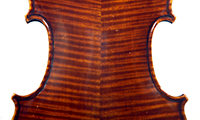 |